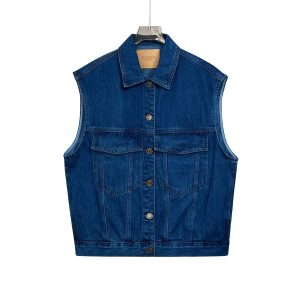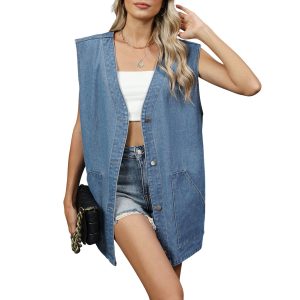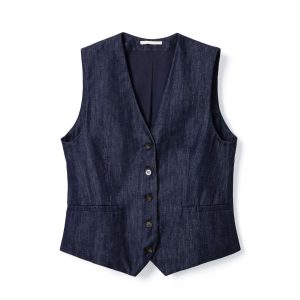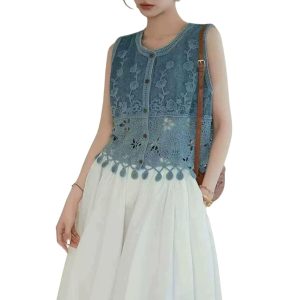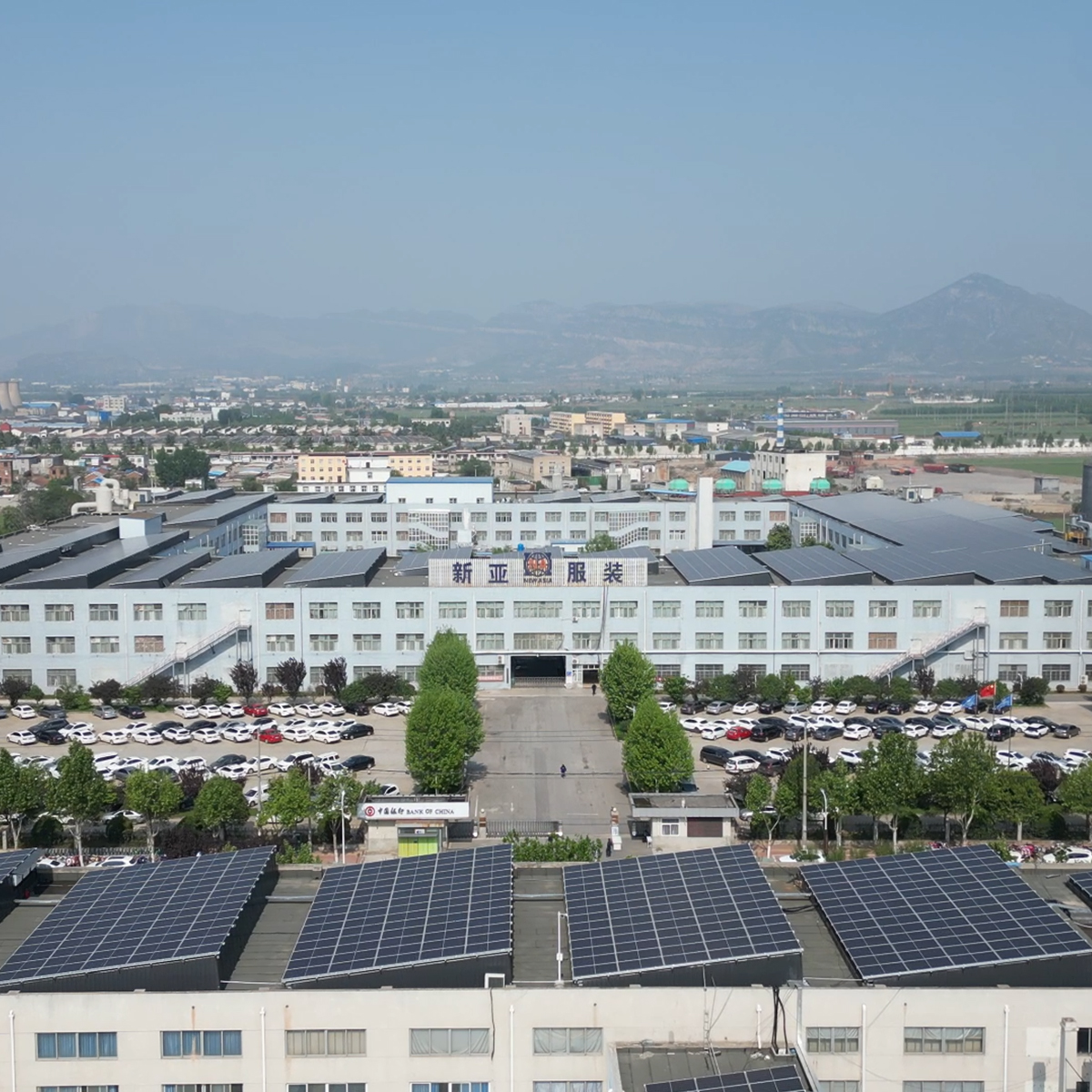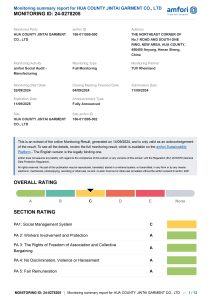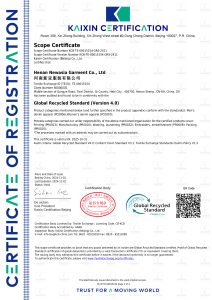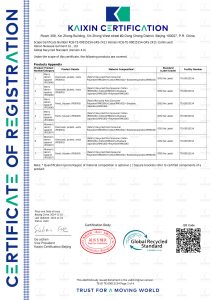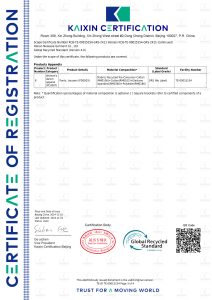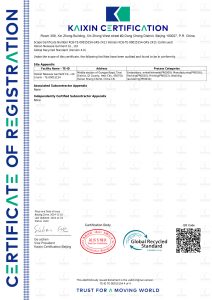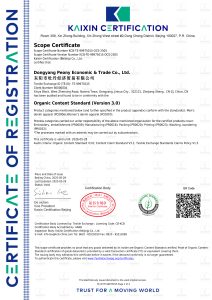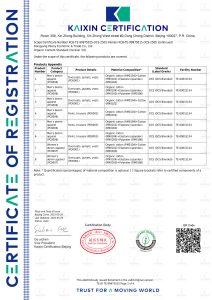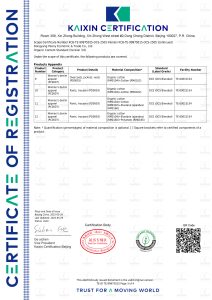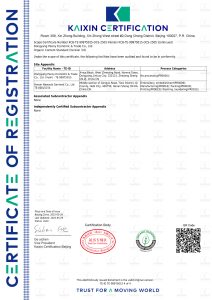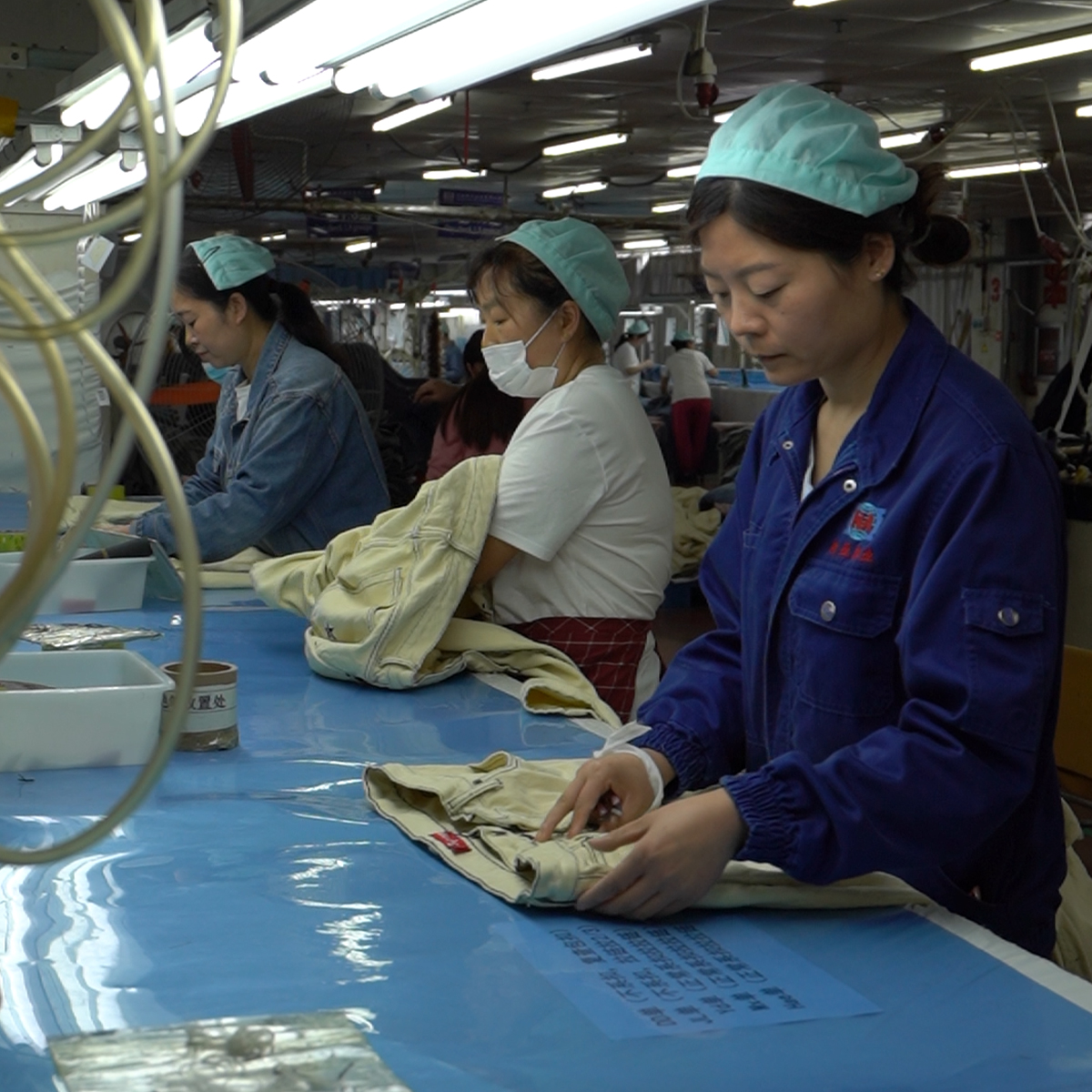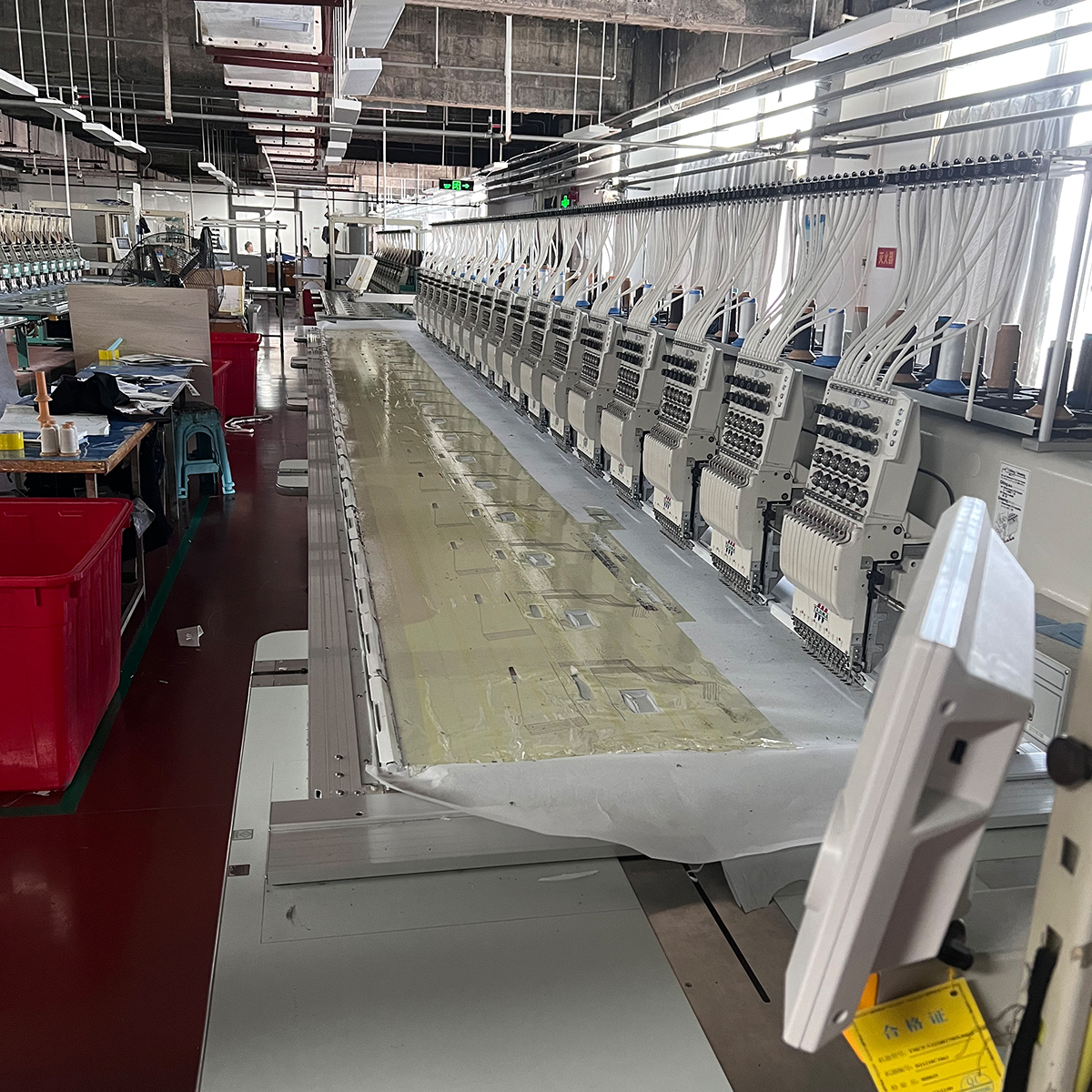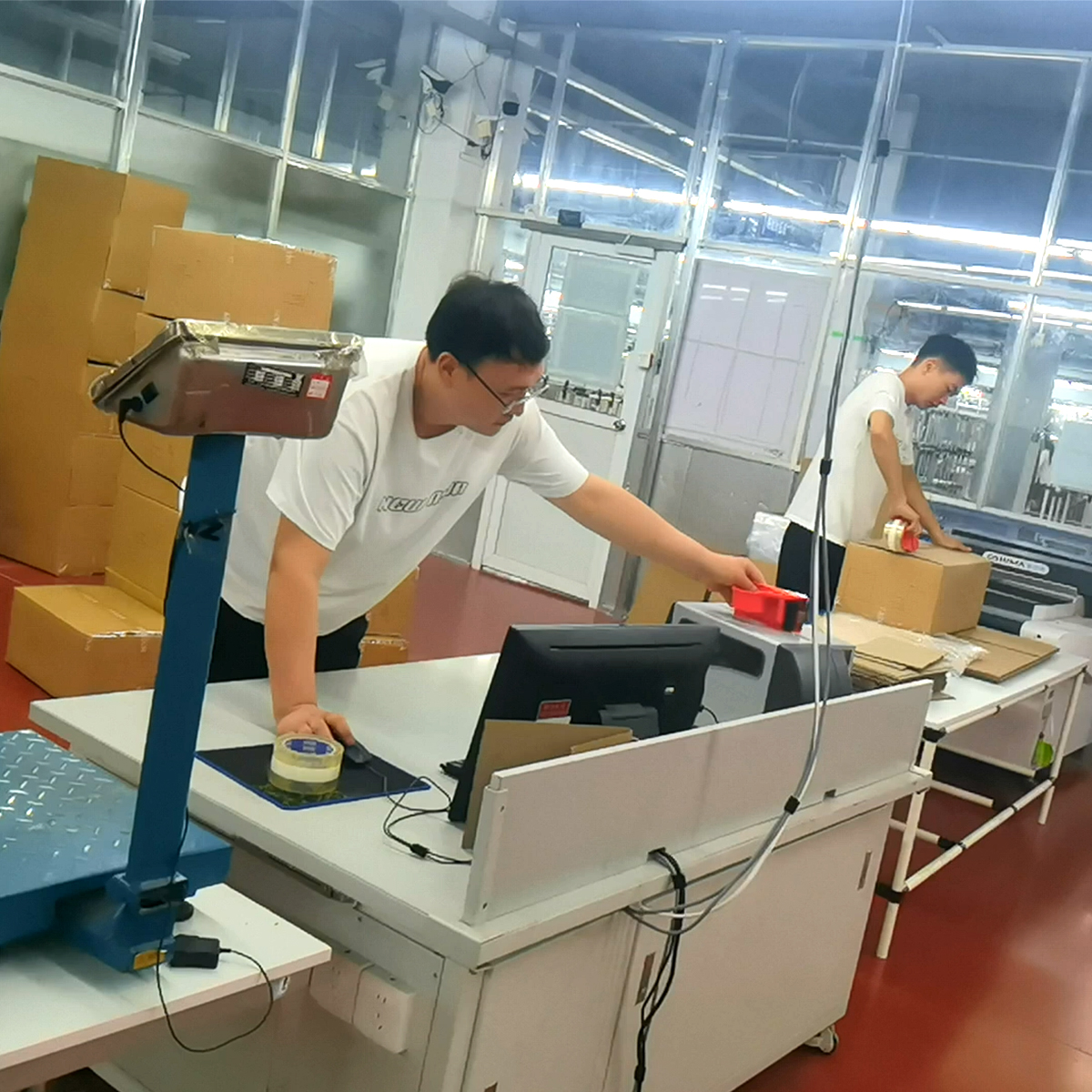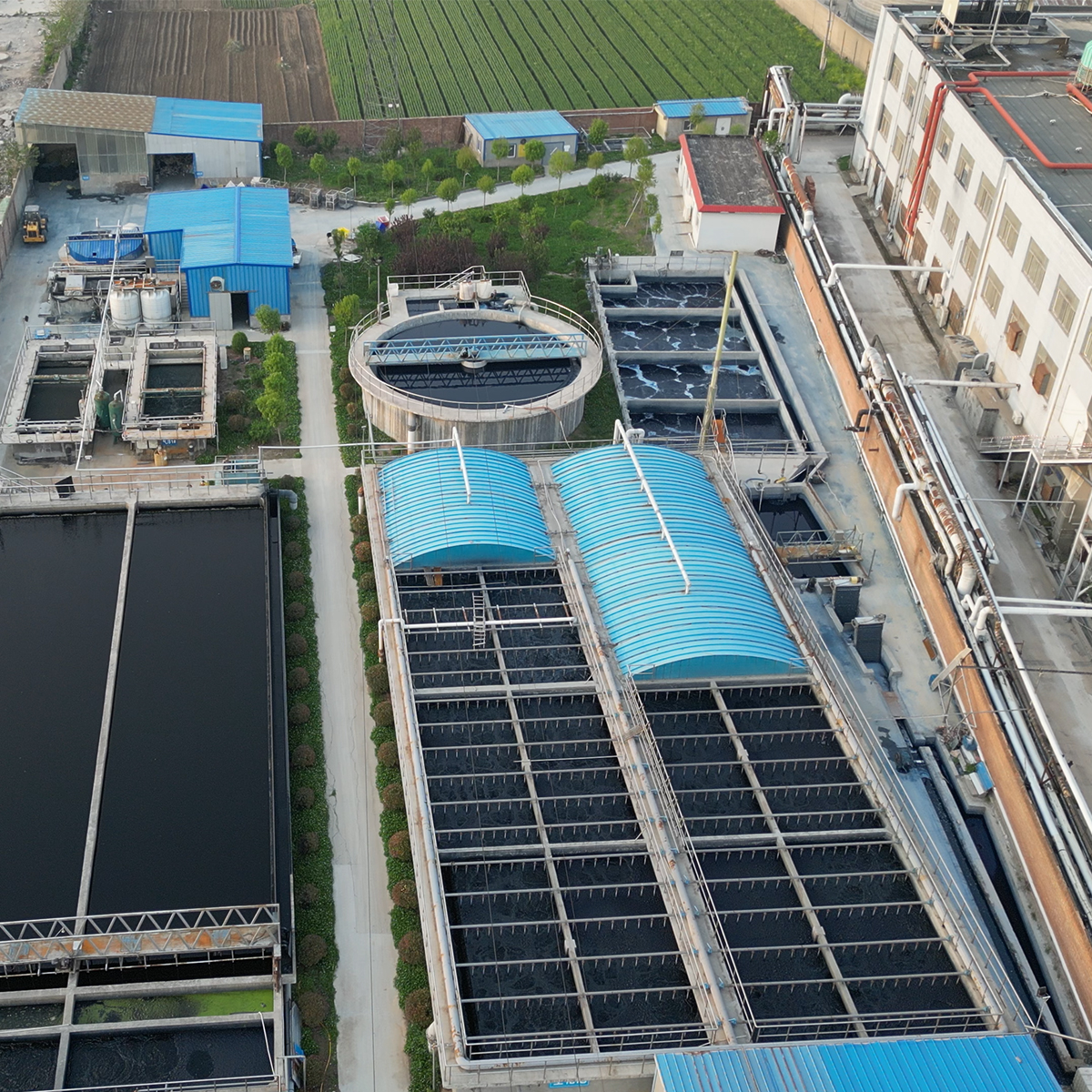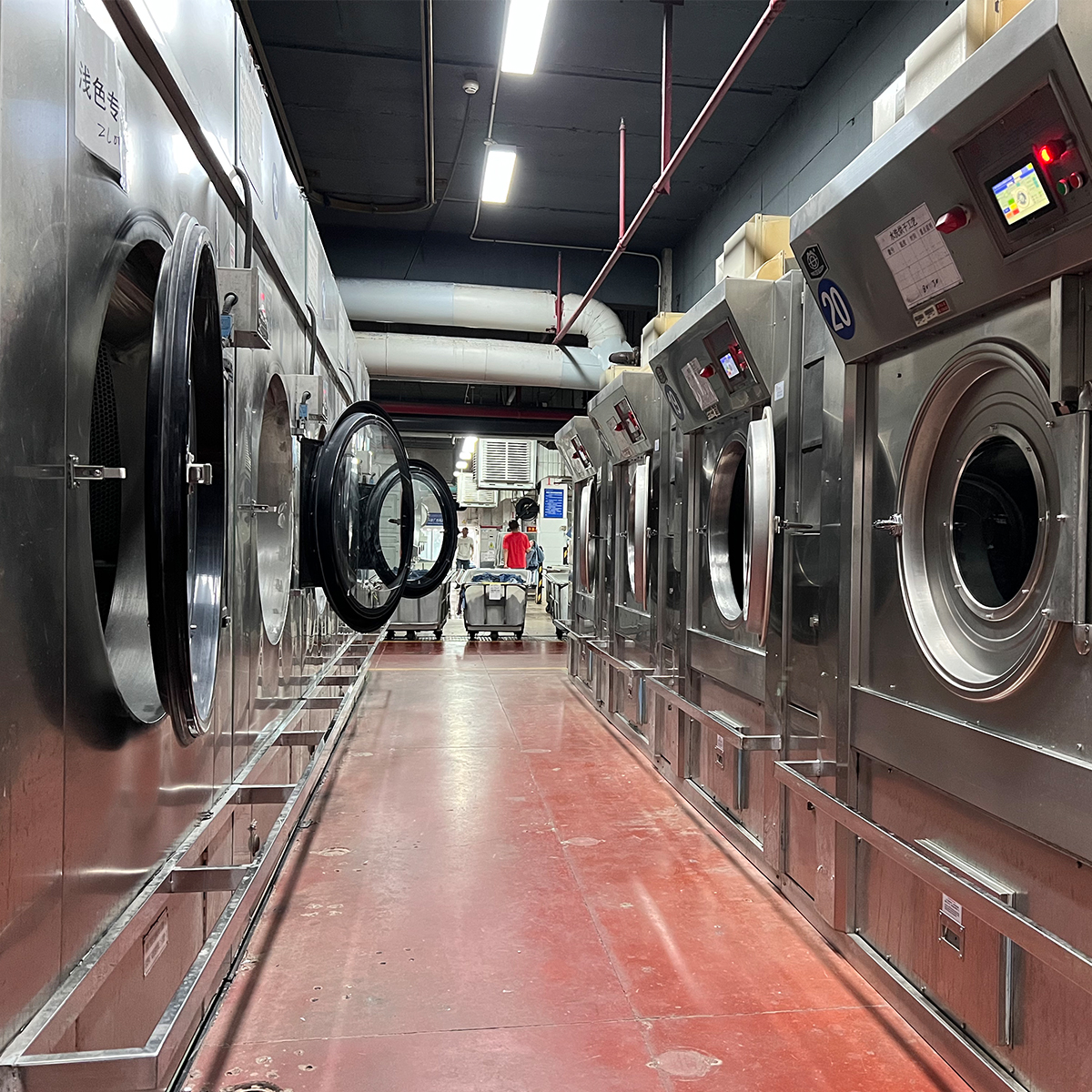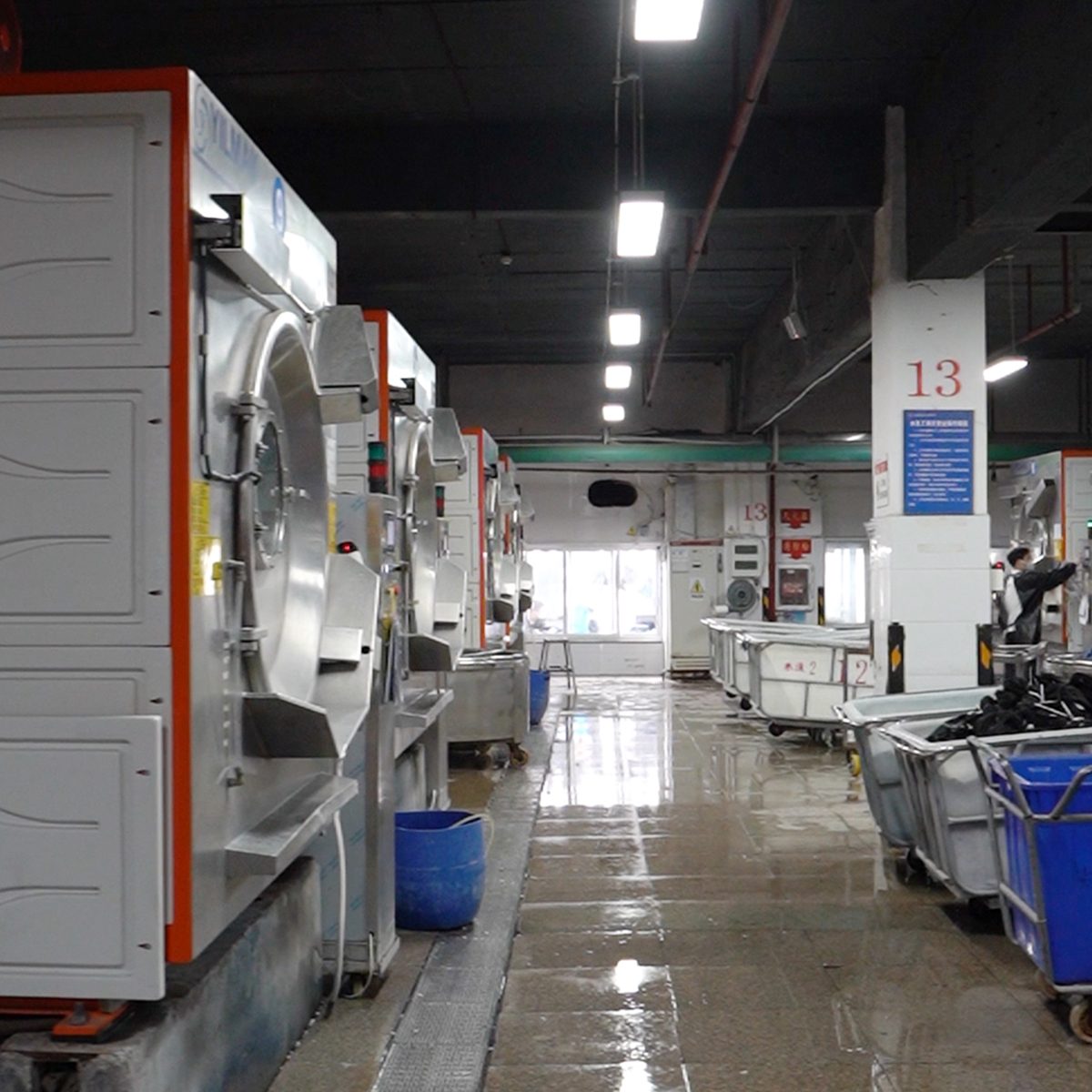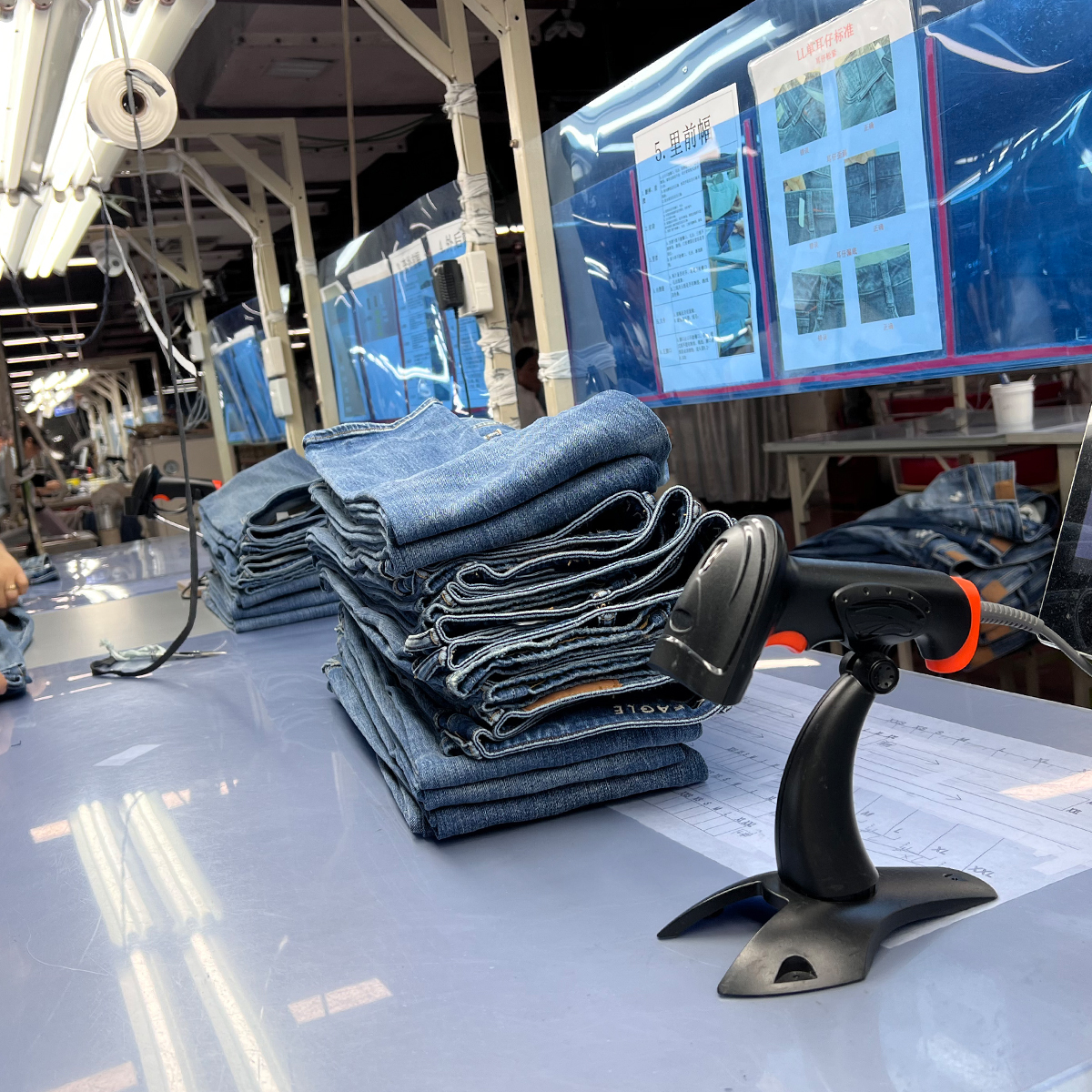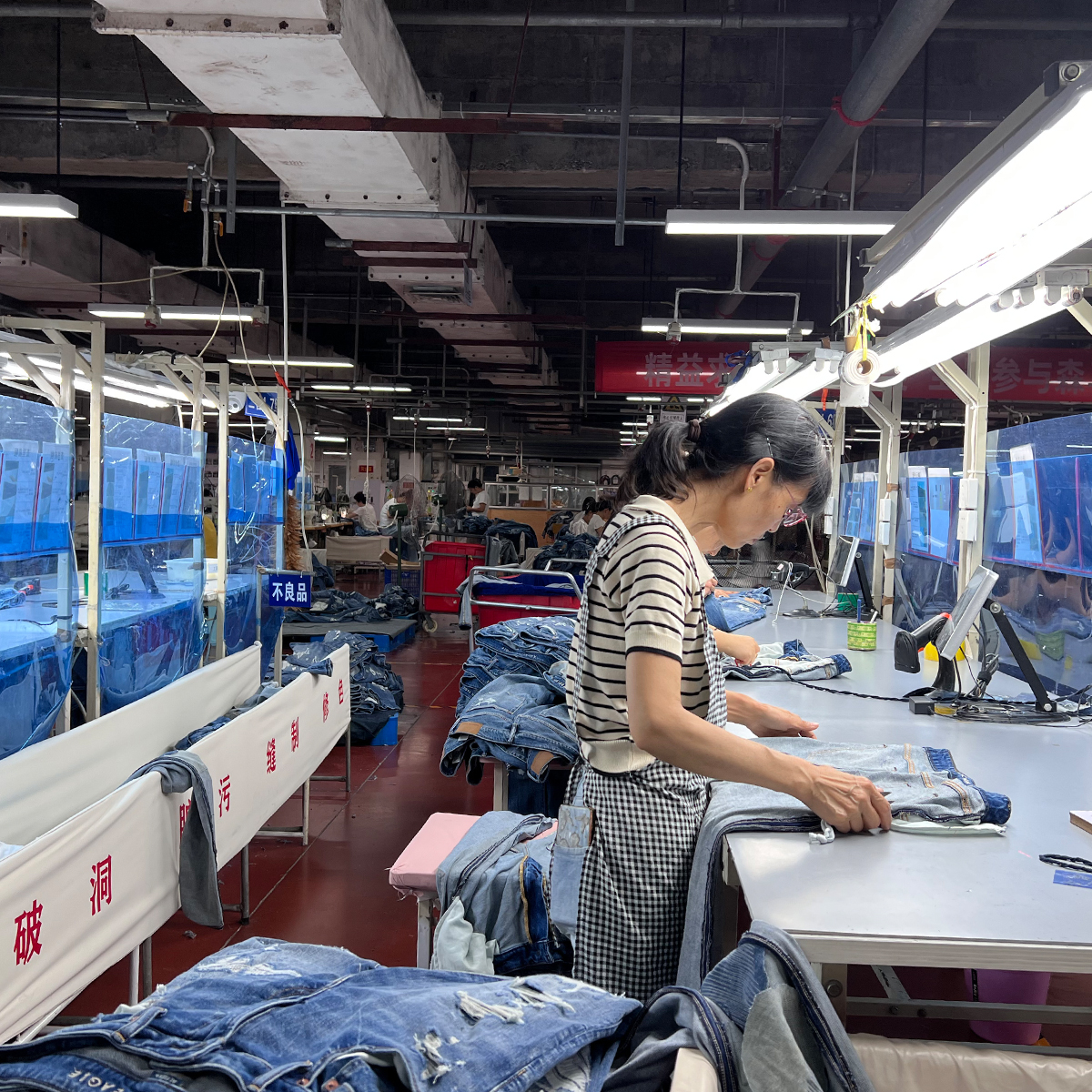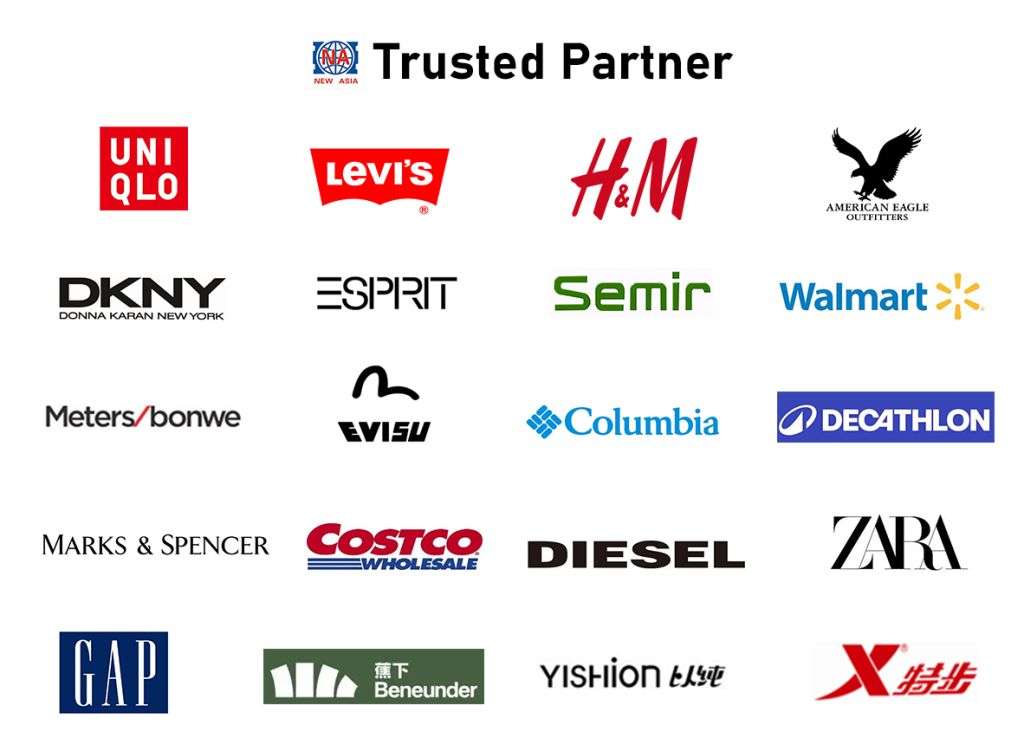In recent years, the fashion industry has seen a significant shift towards inclusivity, particularly with the rise of adaptive clothing. This innovative segment of the industry is dedicated to creating apparel that caters to individuals with disabilities, ensuring that everyone has access to stylish and functional wardrobe options. In this blog, we delve into the importance of adaptive clothing manufacturers, highlight some key players in the field, and explore what makes adaptive fashion a vital part of modern society.
The Need for Adaptive Clothing
The need for adaptive clothing has never been more evident. According to the World Health Organization (WHO), over one billion people globally are living with some form of disability. This demographic often faces difficulties not just in daily activities but also in finding clothing that meets their specific needs. Traditional clothing can be cumbersome, uncomfortable, and even unsafe for individuals with mobility challenges or other physical limitations.
Adaptive clothing bridges this gap, offering specially designed garments that are easier to wear. These garments often include features such as magnetic closures, adjustable lengths, and side openings that cater to users in wheelchairs or individuals with limited dexterity. By addressing these unique needs, adaptive clothing manufacturers are making strides toward greater accessibility in the fashion world.
Top Adaptive Clothing Manufacturers Revolutionizing the Industry
1. Tommy Hilfiger Adaptive
Tommy Hilfiger was one of the first mainstream brands to introduce an adaptive clothing line, setting a precedent in the industry. The “Tommy Adaptive” collection features stylish options for children and adults, boasting adjustable details and easy closures. This line has successfully integrated fashion-forward designs with practical adaptations, proving that functionality can coexist with style.
2. Zappos Adaptive
Zappos, well-known as an online shoe and clothing retailer, launched its adaptive clothing section to cater to people with disabilities. Their range includes apparel designed for ease of wear while ensuring the latest trends are also covered. Their commitment to inclusivity is a testament to the growing demand for accessible fashion.
3. Aerie
Aerie, which is under the American Eagle Outfitters umbrella, has incorporated adaptive clothing into their lineup with their “Aerie for Everyone” campaign. Their emphasis on comfort and functionality, combined with stylish aesthetics, has resonated well with consumers. Aerie sets a prime example of how brands can cater to diverse body types and abilities while maintaining appeal.
Key Features of Adaptive Clothing
Adaptive clothing is expertly designed with several key features that distinguish it from traditional clothing lines:
- Magnetic Closures: These closures replace buttons and zippers, making it easier for individuals with limited dexterity to dress independently.
- Front-Opening Designs: Garments that open in the front rather than the back enable easier dressing and undressing, especially for caregivers assisting individuals with mobility restrictions.
- Adjustable Lengths: Many adaptive clothing items include adjustable hems and sleeves, accommodating a range of body types and growth spurts in children.
- Seamless Construction: Clothes with minimal seams reduce potential discomfort for those with sensitive skin or other tactile sensitivities.
- Stretchy Fabrics: Fabrics that offer elasticity and breathability enable free movement, making it comfortable for daily wear.
Adaptive Fashion and Disrupting Stereotypes
The perception of fashion has long been tied to exclusivity, often leaving marginalized groups feeling sidelined. However, adaptive clothing manufacturers are actively working to challenge these stereotypes, promoting the idea that style should not be a privilege but a right.
More than just a fashion statement, adaptive clothing empowers individuals. By providing options that reflect diverse lifestyles and needs, adaptive clothing companies are not only enabling self-expression but also fostering a sense of belonging and community. This is especially critical for individuals who feel alienated due to their disabilities.
The Role of Technology in Adaptive Clothing
Innovation is crucial in the evolving landscape of adaptive clothing. Advances in technology are enabling designers to create garments that utilize smart fabrics and wearable tech. For instance, fabrics that are temperature-regulating, moisture-wicking, and resistant to stains have started making their way into adaptive fashion. Furthermore, using 3D printing technology allows for customized fits, ensuring that each garment meets the specific needs of the wearer.
As the fashion industry continues to embrace technological advancements, the potential for adaptive clothing is boundless. The future may hold smart garments that can monitor health metrics or fabrics with built-in mobility assistance, seamlessly integrating functionality and style.
Consumer Demand for Adaptive Clothing
Consumer advocacy plays an instrumental role in driving the growth of adaptive clothing. Individuals and communities are voicing their needs, prompting manufacturers to take action. Social media platforms provide a space for voices to unite, advocating for a change in how the fashion industry perceives and serves people with disabilities.
Brands that fail to recognize the importance of adaptive clothing now risk losing a significant market. As people demand more diversity in clothing options, those manufacturers who embrace inclusivity will thrive, while others may struggle to keep pace.
Supporting Adaptive Clothing Manufacturers
As consumers, we have the power to support adaptive clothing manufacturers. Choosing to purchase these garments helps sustain companies that prioritize inclusivity and accessibility. Additionally, spreading awareness through social media, blogging, or community events can amplify the need for broad acceptance of adaptive fashion.
Retailers and businesses can also play a significant role by incorporating adaptive clothing into their offerings. By showcasing these products and educating staff about their features, companies can assist in dismantling the stigma associated with disabled individuals shopping for clothing.
The Broader Impact of Inclusive Fashion
Adaptive clothing goes beyond individual needs; it plays a pivotal role in societal change and industry reform. By creating garments that are accessible to all, manufacturers are not just catering to a niche audience; they are forcing the entire fashion industry to confront its preconceived notions of beauty, functionality, and style.
As we move forward into a more inclusive era of fashion, it’s clear that adaptive clothing manufacturers are at the forefront of an essential revolution. They are breaking barriers in an industry that has historically sidelined those living with disabilities, proving that fashion is for everyone. With continued innovation and commitment, adaptive clothing is set to redefine style standards, ensuring that no one is left behind in the quest for fashion.



